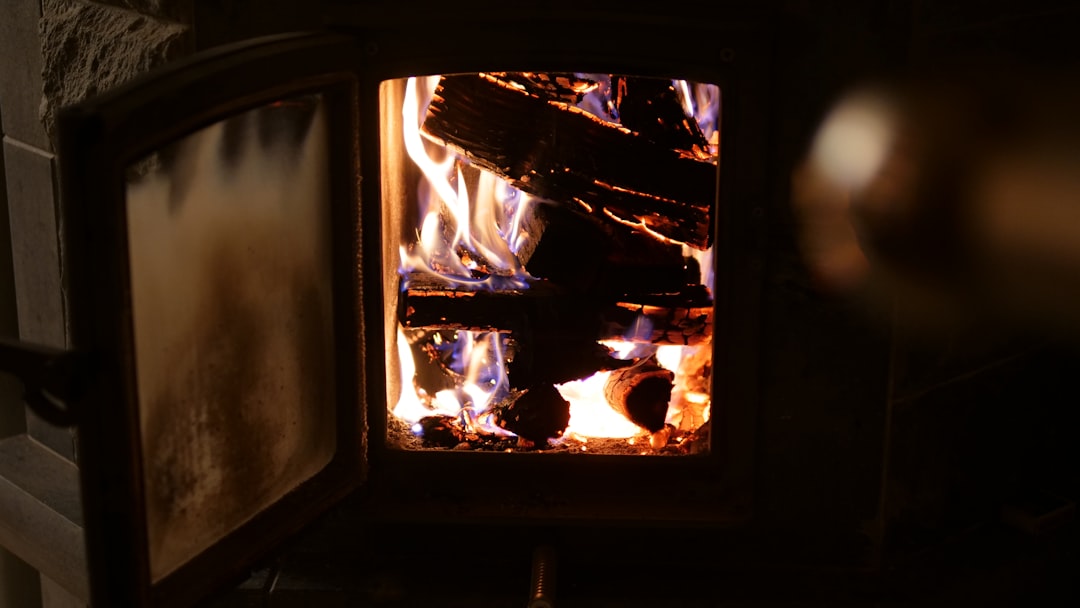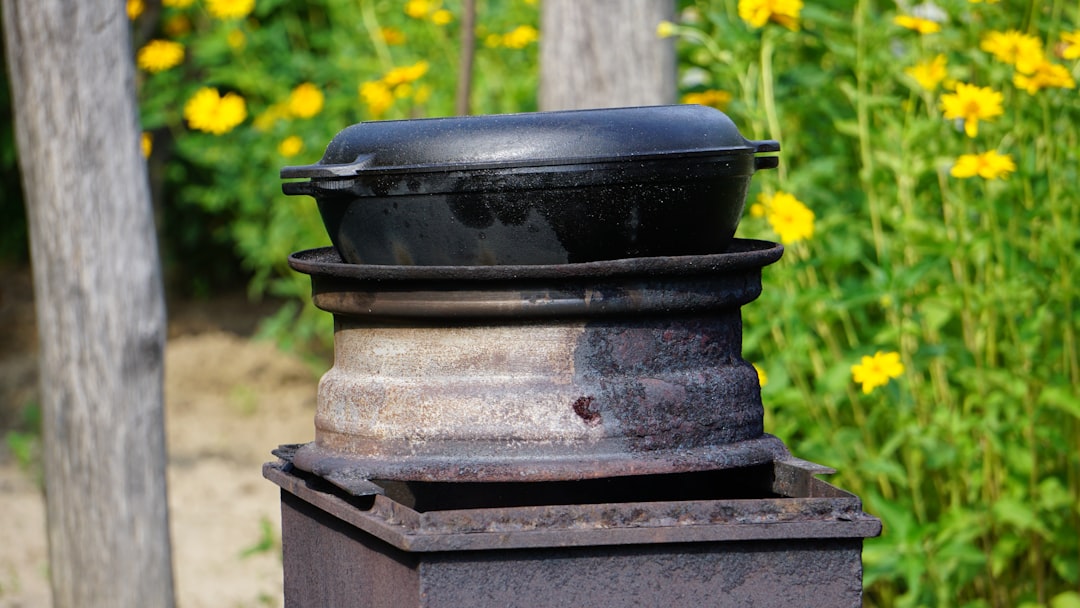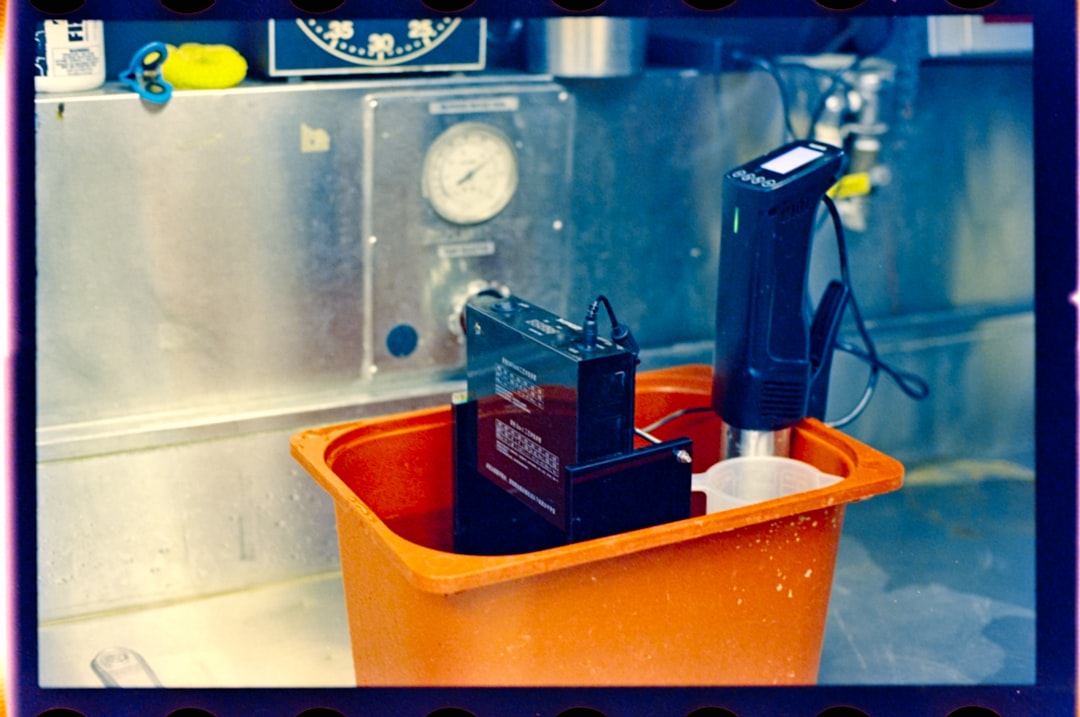A Manufacturer's Insight: The Anatomy of a High-Quality Gas Stove and Its Components
A Manufacturer's Insight: The Anatomy of a High-Quality Gas Stove
As manufacturers of premium kitchen appliances, we believe an informed customer is an empowered one. Understanding what goes into your gas stove is not just about knowing its parts; it's about recognizing the hallmarks of quality, durability, and safety that define a truly exceptional appliance. A gas stove is a symphony of precisely engineered components working in harmony to deliver a perfect cooking experience. This article lifts the hood on gas stove construction, revealing how each part contributes to the whole and what you should look for from a manufacturing perspective.

The Heart of Performance: The Gas Burner Assembly
The burner is where the magic of gas cooking happens. It's responsible for mixing gas and air to produce a clean, controllable flame. A superior burner system is defined by its materials and design. We prioritize components like brass and cast iron for their exceptional heat resistance and longevity. The assembly consists of several key parts:
- Burner Head: This is where the gas and air mixture is ignited. The design of its ports determines the shape and consistency of the flame.
- Burner Cap: Placed on the burner head, this cap distributes the flame evenly, ensuring uniform heat across the base of your cookware.
- Venturi Tube: This crucial pipe connects the burner to the gas valve, ensuring the correct gas-to-air ratio for optimal combustion and a blue, efficient flame.
Unwavering Support: Cooktop Grates and Surface
Cooktop grates must withstand extreme temperatures and the weight of heavy pots. Heavy-duty cast iron is the material of choice for premium stoves, offering unparalleled durability and heat retention. Continuous grates, which form a single, level surface across the cooktop, allow you to slide heavy pans from one burner to another without lifting. The cooktop surface itself, whether stainless steel or tempered glass, is selected for its durability, resistance to corrosion, and ease of cleaning.

Instant and Reliable: The Ignition System
Modern gas stoves utilize electronic ignition systems that provide a spark to light the burner when you turn the knob. This is a significant improvement in safety and convenience over older pilot light systems. A high-quality ignition system is composed of:
- Spark Electrode: A ceramic-insulated pin positioned next to the burner that generates the spark.
- Ignition Module: The 'brain' that sends a high-voltage pulse to the correct electrode.
- Ignition Switches: Linked to the control knobs, they activate the ignition module.
Reliability is key. We rigorously test our ignition systems to ensure they produce a consistent spark in all conditions for thousands of cycles.
Precision Control: Gas Valves and Control Knobs
The ability to go from a high sear to a gentle simmer in an instant is a hallmark of gas cooking. This precision is controlled by the gas valve, which is actuated by the control knob. Quality valves provide smooth, linear control over gas flow. The knobs themselves are a critical touchpoint. We use solid metal or high-density, heat-resistant polymers for a substantial feel and to ensure they won't crack or discolor over time.
The Safety Backbone: Flame Failure Safety Devices
Safety is non-negotiable. Every high-quality gas stove must include a flame failure safety device, often a thermocouple. This component senses the heat of the flame. If the flame is accidentally extinguished (e.g., by a gust of wind or a boil-over), the thermocouple cools down and automatically shuts off the gas supply to that burner, preventing dangerous gas leaks. It's a simple, yet vital fail-safe we integrate into every burner assembly.

The Framework: Gas Manifold and Pressure Regulator
Behind the control panel, a gas manifold distributes the gas from the main supply line to each individual burner valve. This component must be robust and leak-proof. Connected to the main gas line is a pressure regulator, which ensures the gas is delivered to the manifold at a constant, optimal pressure for consistent flame performance, regardless of fluctuations in the home's gas supply.
A Foundation of Strength: Chassis and Housing
The stove's body, or chassis, provides the structural integrity for all other components. We use heavy-gauge stainless steel and a reinforced frame to prevent flexing and ensure long-term durability. The finish is not just cosmetic; a high-quality finish resists stains, scratches, and high temperatures, keeping the appliance looking new for years.
The Oven Cavity: Beyond the Cooktop
For gas ranges, the oven is just as important. The oven burner, typically a long tube at the bottom or rear of the cavity, is controlled by a thermostat to maintain precise temperatures. Convection fans are often included to circulate hot air for even baking and roasting. The oven's interior is coated with heavy-duty porcelain enamel, designed to withstand high temperatures and make cleaning easier.
Comparing Core Component Materials
As manufacturers, material selection is one of our most critical decisions. It directly impacts performance, longevity, and cost. Here is a simplified comparison of common materials used in key components:
| Component | Premium Material | Standard Material | Key Advantage of Premium |
|---|---|---|---|
| Burner Grates | Cast Iron | Enameled Steel | Superior heat retention, durability, and stability |
| Burner Heads | Brass | Aluminum / Cast Iron | Excellent corrosion and heat resistance |
| Control Knobs | Solid Metal | Plastic | Enhanced durability, premium feel, heat-resistant |
| Cooktop | 304-Grade Stainless | Lower-Grade Steel | Higher corrosion resistance, easy to clean |
The Guarantee of Longevity: Genuine Spare Parts
Even the best-built appliances may require service over their lifetime. A manufacturer's commitment to quality extends to the availability of genuine replacement parts. Using OEM (Original Equipment Manufacturer) parts, from a burner cap to a thermostat, ensures that the appliance maintains its original performance and safety specifications. We ensure a supply of spare parts for all our models to guarantee that your investment is protected for the long term.
Our Manufacturing Ethos: A Commitment to Excellence
Building a superior gas stove is a process of deliberate choices. It means choosing brass over aluminum for a burner, cast iron for a grate, and integrating robust safety systems as a standard, not an option. It is the culmination of these small, critical decisions that results in an appliance that is not only a pleasure to cook with but also a reliable and safe centerpiece in your kitchen for years to come. When you understand the anatomy of a gas stove, you understand our commitment to quality from the inside out.


